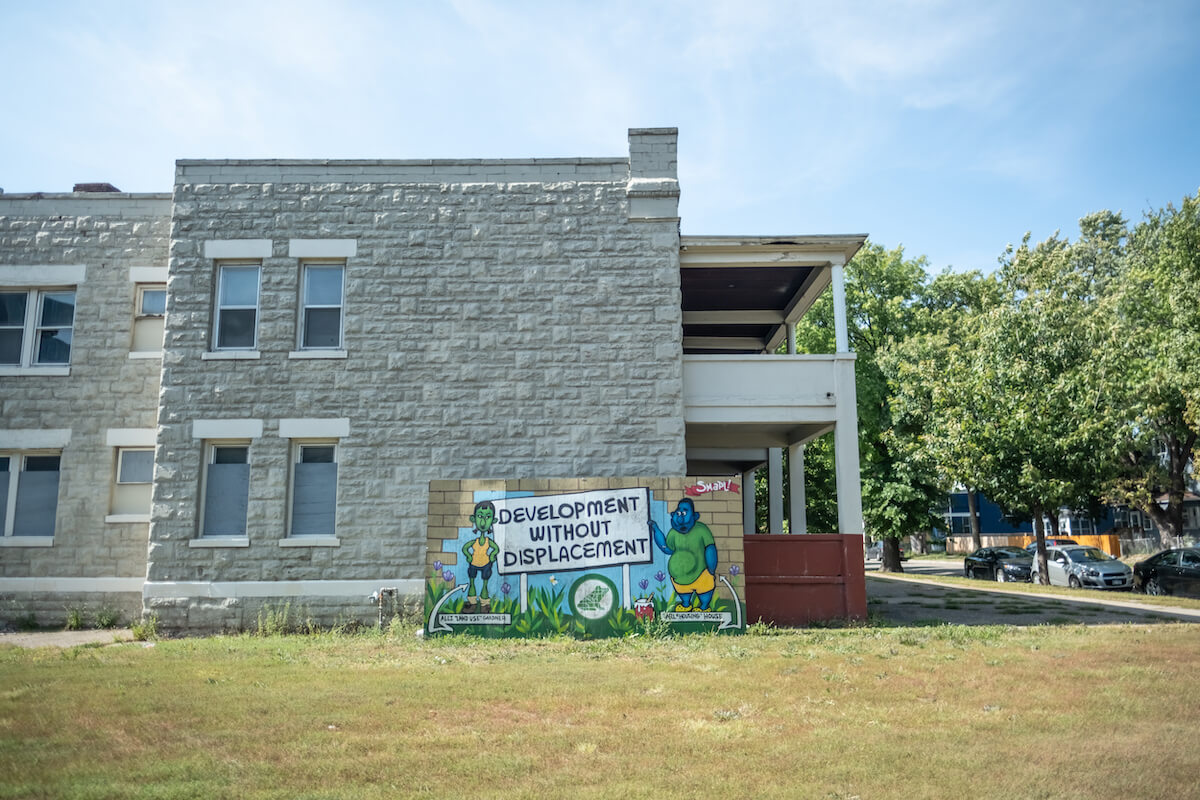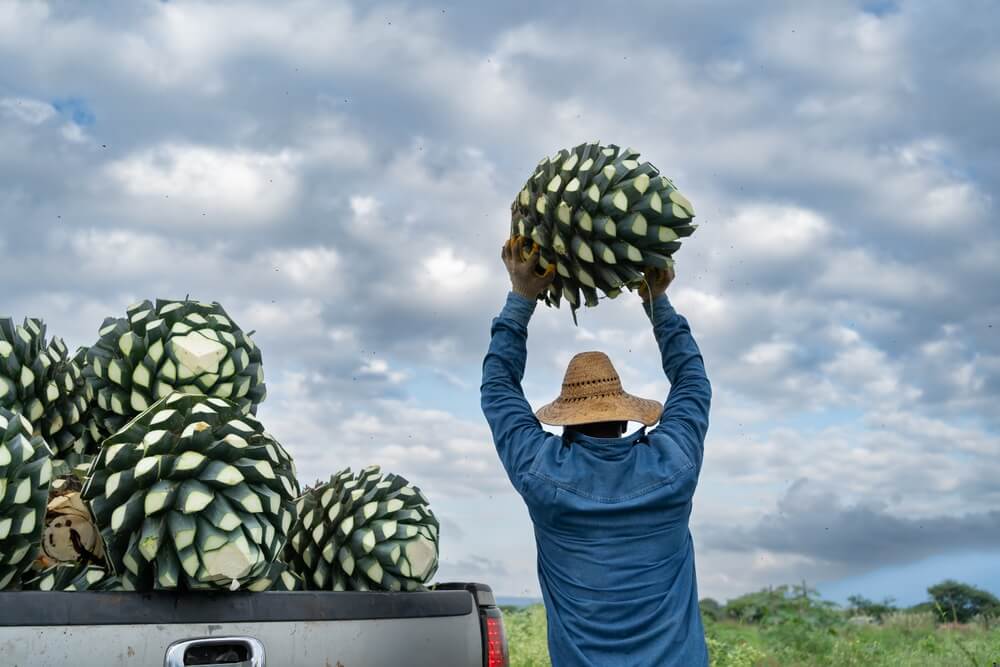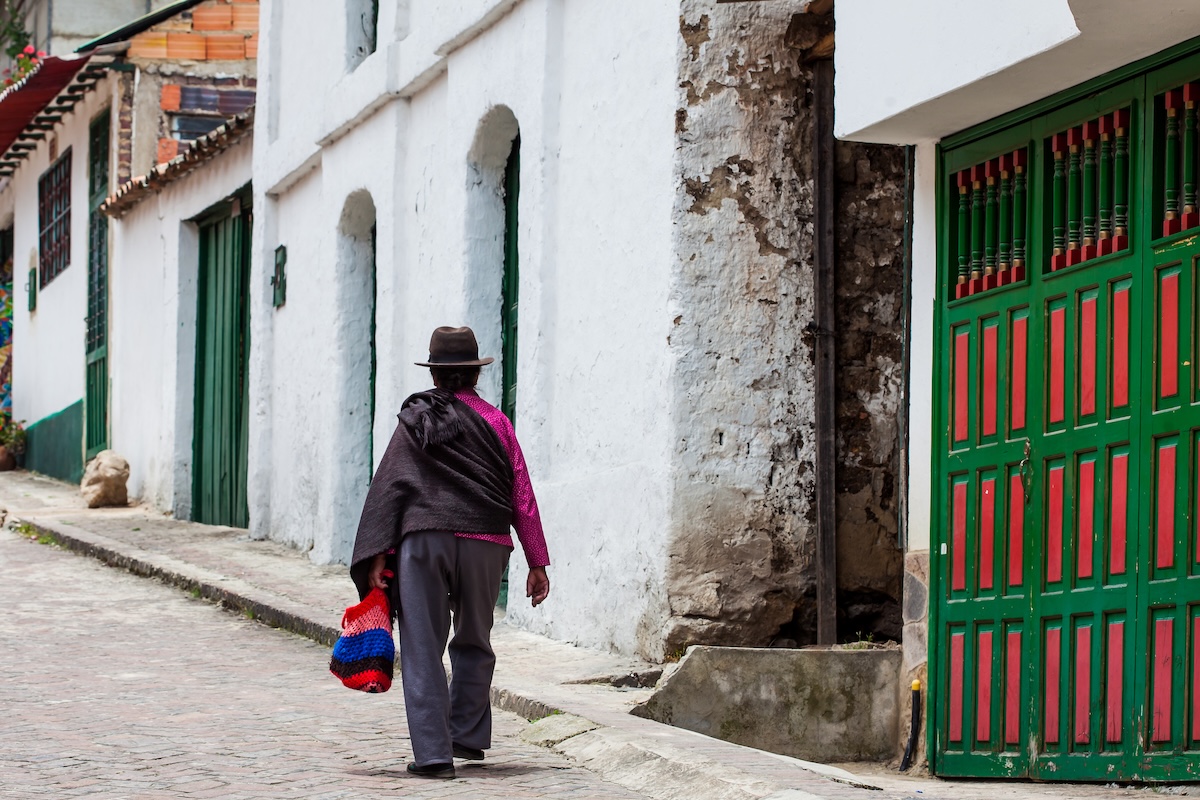When it comes to climate change the stakes for all of us are high. But the evidence is clear that lower-income and communities of color are disproportionately at risk.
With the passage of the Inflation Reduction Act, there is no time like the present for those who use the tools of finance to create a more just and sustainable world to step up our game.
The community investment ecosystem, including Community Development Financial Institutions (CDFIs) and their partners, can and must act with urgency. But as we do so, let’s reimagine how we invest so that we can disrupt old assumptions and patterns that might exacerbate inequities and fail to protect the people and places whose environmental concerns have long been ignored.
We propose a robust public-private paradigm that begins with the framework of the Just Transition, which integrates protections for the rights of workers with environmental justice and lends itself to proven strategies for community investing that center community empowerment and ownership.
Externalities and inequalities
The argument for acting collectively to protect those in harm’s way is more than a moral one. As Pulitzer Prize-winning author Jared Diamond points out in his research, climate change is one of the factors that has contributed to societal collapse. He asserts there are two factors that separate success from failure.
The first is that when people with means can insulate themselves from the consequences of climate change, they become blind to the risk of societal self-destruction, which in the end hurts them too. The second factor is holding on too long to belief systems that have worked in the past but are not adequate for future survival.
In the financial sector, this shows up in the form of maximizing return on capital without regard for externalities that impact human, environmental and community health.
“Existing vulnerabilities and inequalities intensify with adverse impacts of climate change,” noted the Intergovernmental Panel on Climate Change, earlier this year. In other words, vulnerable people have less capacity to prepare for and cope with climate-related events.
Climate finance
As organizations rooted in communities, CDFIs and other mission-driven investors have already tested programs and financing solutions that offer a blueprint for collaborative approaches.
Enterprise Community Partners (Enterprise) created Green Communities, an initiative that has set a benchmark for green building standards in affordable housing.
Local Initiatives Support Corporation (LISC) works with affordable housing owners in Massachusetts to track energy performance of 50,000 units through benchmarking and recently launched the Bridges to Green Jobs training program to prepare residents of Greater Roxbury for entry-level weatherization jobs.
BlueHub Energy, an initiative of BlueHub Capital, has financed solar panels that generate over 8 million kilowatt hours of electricity annually—enough to power the electricity use of almost 1,100 houses. And Inclusive Prosperity Capital, a mission-focused financial intermediary spun out of the Connecticut Green Bank, is leveraging its experience financing climate solutions to accelerate decarbonization and address climate injustices nationally.
The recently published, Clean Energy Project Development for Low-Income Communities, by the University of New Hampshire’s Carsey School of Public Policy, showcases many more examples of CDFI activity in supporting renewable energy.
Building resilience
There are also compelling cases of CDFIs building resilience in the face of disasters—notably the work of Puerto Rico’s cooperativas, or credit unions.
In the aftermath of Hurricane Maria, telecommunications and electric systems had failed across much of the island. But cooperativas, even those in rural areas, were up and running just 48 hours after the storm—many serving as the sole functioning financial institution in their municipality. They were financial first responders whose efforts were nothing short of lifesaving for many people and communities.
Not enough has been said about vulnerabilities Latinos face to climate change, largely because of where they live and work. According to the Environmental Defense Fund, more than half of Latinos live in three states that are already experiencing serious effects related to climate: historic droughts in California, record-breaking heat in Texas, and increased sea level rise and flooding in Florida.
Furthermore, Latinos are more likely to work in the industries that are deeply affected by climate change such as agriculture, manufacturing, and construction.
CDFIs are well positioned to respond, as cooperativas did, because they hold unique positions of trust in the communities they serve. Opportunities abound in affordable housing construction, deep energy efficiency retrofits, workforce development for green jobs, and more.
Strategic and collaborative
Not all CDFIs have the expertise or internal capacity to scale up these kinds of efforts, as shared in the recent blog published by the CDFI Climate Crisis Working Group, so they must be strategic and collaborative.
CDFIs need partners such as green banks to help create solutions that address the opportunities of a clean-energy economy as well as the vulnerabilities of severe weather events and economic displacement, including negative impacts on family income, health and the preservation of culture.
New levels of public and private engagement can accelerate this work.
On the private-sector side, we strongly urge impact investors to examine practices that constrain the capital communities need to address climate change. Find ways to finance projects like community solar that are owned and controlled by communities, even if projects may initially be smaller in scale while community capacity is being developed.
Investments may take the form of direct project equity, debt or deployment through financial intermediaries like CDFIs. Those that are philanthropically motivated can provide direct capacity-building grants and credit enhancements to catalyze investments. We know it’s so much easier to invest in green bonds and investment tax credits, but the benefits of those instruments are not being felt enough at the community level.
On the public-sector side, we applaud the Inflation Reduction Act (IRA). Guided by the Biden Administrations Justice40 Initiative, the IRA is purposeful in its aim to drive investment into disadvantaged communities.
One specific opportunity is the $20 billion Greenhouse Gas Reduction Fund (GHG) administered by the Environmental Protection Agency (EPA). Forty percent of the funding, or $8 billion, must be invested in low-income communities.
Low-income communities
GHG presents a tremendous opportunity for CDFIs and other community investors to work with green banks and the EPA to design the flow of funds in ways that get to the most vulnerable communities. This is an opportunity to align a whole system to truly work for everyone.
Past efforts have so often allowed low-income communities to get short shrift, especially if they need differently structured investments than communities with more means. We urge CDFIs and green banks to learn from each other, and for the EPA to insist on putting community ownership and empowerment front and center.
In the long term and to ensure CDFIs get dedicated funds we advocate a program modeled after the CDFI Fund’s Financial Assistance (FA) program, perhaps a “Green FA” program. FA awards have a track record that speaks for itself. CDFIs leverage them at a rate of 12x and invest more than 60 percent of their assets in low-income communities.
We think a Green FA program should allow nonprofit developers of green solutions to receive funding as well as CDFIs, much as the successful Capital Magnet Fund does for housing.
We also support incorporating climate resiliency and disaster preparedness as eligible investments for community development into the Community Reinvestment Act of 1977 as proposed in the recent proposal by the Office of the Comptroller of the Currency, the Federal Reserve System, and the Federal Deposit Insurance Corporation.
The regulation should explicitly prioritize communities of color for investment, alongside low- and moderate-income (LMI) communities. This would encourage banks to invest in climate solutions, both directly and in partnership with CDFIs, that benefit the communities most affected.
New CRA regulation, if adopted, would not take effect until 2024. But financial institutions and CDFIs should not wait; instead, prepare to build capacity and financial products that meet the needs of communities right now.
Climate change is upon us. Let’s not hasten its impacts by ignoring the needs of our most vulnerable communities, simply because meeting them challenges deeply held investment principles. Those principles have already led us down a path that is unsustainable. While we still can, let’s act with the fierce urgency of now.
Annie Donovan is CEO of Raza Development Fund and the former chief operating officer of Local Initiatives Support Corporation. Brenda Loya is national director of community development finance at Amalgamated Bank and vice chair of the board of Raza Development Fund.











